![]()
![]()
![]()
Use LEFT and RIGHT arrow keys to navigate between flashcards;
Use UP and DOWN arrow keys to flip the card;
H to show hint;
A reads text to speech;
19 Cards in this Set
- Front
- Back
|
Phylum Hemichordata
|
Have 1/2 of the features of Chordates: Pharyngeal pouches & notochords
|
|
|
Phylum Cordata
|
Notochord, pharyngeal pouches, endostyle, post-anal tail
|
|
|
Subphylum Urochordata
|
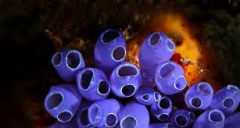
Tunicates, sea squirts
|
|
|
Subphylum Cephalochordata
|

Lancelets
|
|
|
Subphylum Vertebrata
|
Vertabrates
|
|
|
Superclass Agnatha
|
Jawless fish
|
|
|
Class Myxini
|
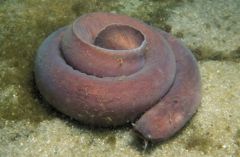
Hagfishes
|
|
|
Class Petromyzontida
|

Lampreys
|
|
|
Superclass Gnathostomata
|
Jawed Fish
|
|
|
Class Chondrichthyes
|
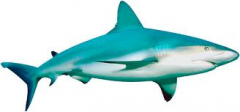
Cartilaginous fishes-->Placoid scales
|
|
|
Class Actinopterygii
|
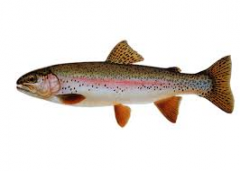
Ray-finned fishes--> have Ctenoid or Cycloid scales
|
|
|
Class Sarcopterygii
|
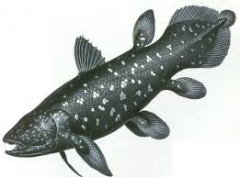
Lobe-finned fishes
|
|
|
Ganoid scales
|
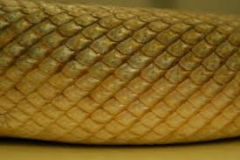
Found in early bony fish
|
|
|
Ctenoid scales
|
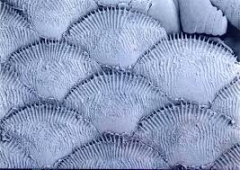
Found in some Teleosts
|
|
|
Cycloid scales
|

Found in some Teleosts
|
|
|
Placoid scales
|
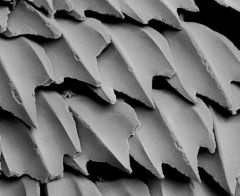
Found in Chondrichthyes
|
|
|
What is the operculum?
|
meaning little lid, is a corneous or calcareous anatomical structure like a trapdoor which exists in many (but not all) groups of sea snails and freshwater snails
|
|
|
What is the swim bladder?
|
an internal gas-filled organ that contributes to the ability of a fish to control its buoyancy, and thus to stay at the current water depth without having to waste energy in swimming--> Turns into human lungs
|
|
|
What are the pectoral and pelvic girdles?
|
The set of bones which connects the upper and lower limbs to the axial skeleton on each side
|

